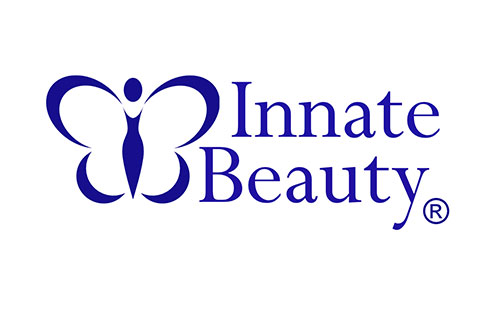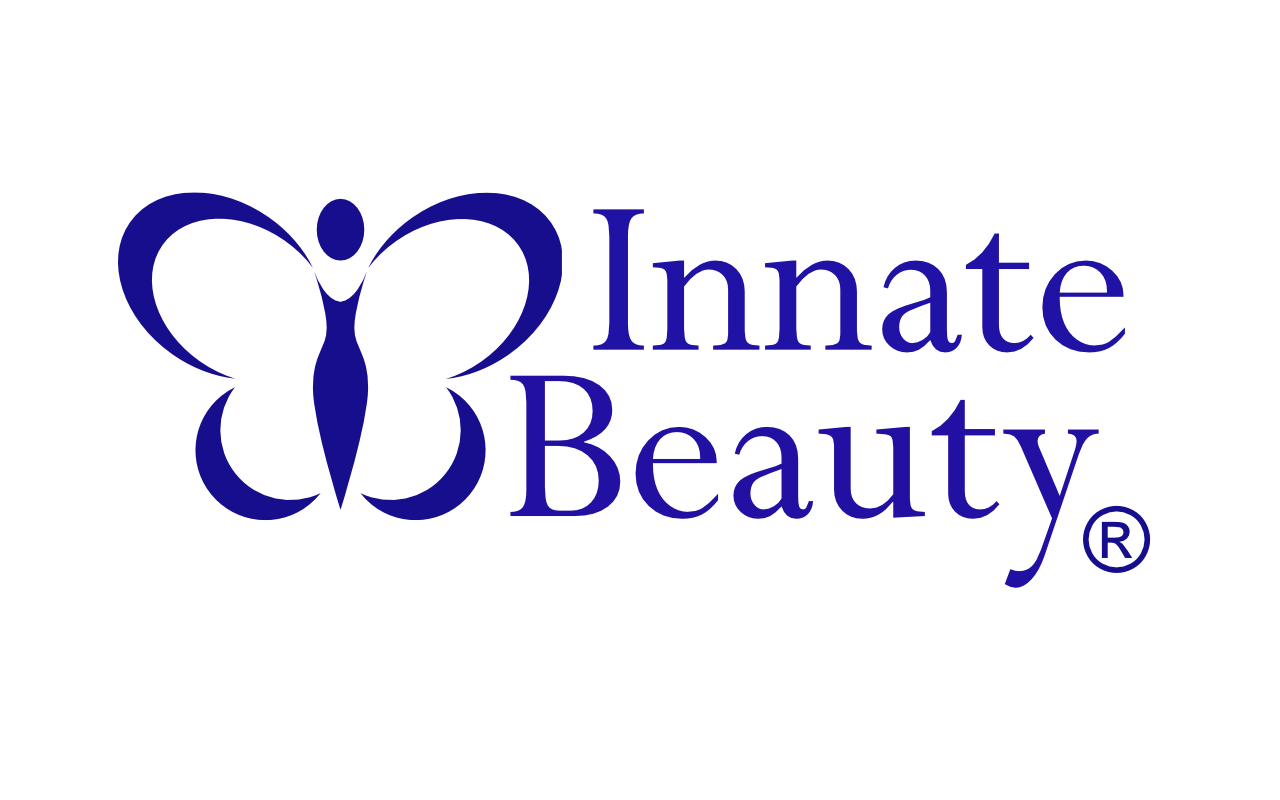IPL Pre & Post Care Instructions
IPL Pre-treatment Instructions
- Following these Pre-treatment instructions closely will optimize your treatment results with the IPL (Intense Pulsed Light):
- Use sunscreen with SPF of at least 30 daily. Sunburned skin cannot be treated.
- Avoid any irritants to your face, such as any products containing hydroquinone, bleaching creams, Retin-A, retinol, benzoyl peroxide, glycolic/salicylic acids, astringents or chemical peels for at least two (2) weeks.
- If you have a history of hyperpigmentation (darkening of the skin) with laser treatments or other trauma, please let us know, so we may prescribe a lightening agent prior to the procedure to reduce this reaction.
- Do not use self-tanning agents for at least two (2) weeks prior to treatment. If you have used these products, thoroughly cleanse the area with abrasive / exfoliating scrub to remove all product two (2 ) weeks prior to any treatment.
- For hair removal: do not pluck or wax for at least one (1) month prior to your first treatment, continuing through the course of your treatments. Plucking / waxing removes the target hair.
- Do not bleach or use “Nair”- type products for two (2) weeks prior to treatment, as this can irritate the skin.
- Please do not wear any makeup, perfume, or lotions in the treatment area prior to your treatment.
- Before each treatment, please inform us if you are taking any new antibiotics or medications, as they may make your skin sensitive to light treatments, and therefore, we may not be able to treat you for one (1) or two (2) weeks after completion of the antibiotic.
Shave the area to be treated one (1) day prior to your appointment.
IPL Aftercare Instructions
- Immediately after the Intense Pulsed Light treatment, there may be redness and bumps at the treatment site, which will last up to two (2) hours up to a few days. It is normal for the treated area to feel like a sunburn for a few hours. You may use a cold compress, aloe vera gel, or 1% hydrocortisone if needed. If treating the face, please continue using sun protectant with SPF 30+ daily for the entire treatment period.
- Do not pick, as scabbing could lead to scarring.
- Makeup may be used after the treatment if there is no extended redness, blistering, or scabbing. Make sure that you have moisturizer on under your makeup; use it frequently on the treated area.
- Avoid sun exposure for four (4) to six (6) weeks after the treatment to reduce the chance of dark and light spots. Use sun protectant SPF 30 or greater with zinc oxide and titanium dioxide at all times throughout the course of treatment. Even waterproof sun block is good for only 80 minutes, so reapply hourly.
- Do not use any other forms of hair removal methods (tweezing, waxing, depilatories) or products on the treated area during the course of the laser treatment, as it will prevent you from achieving your best results. You may shave the area if needed.
For hair removal…anywhere from five (5) to fourteen (14) days after the treatment, shedding of the hair may occur and this may appear as new hair growth. This is not new hair growth, but dead hair pushing its way out of the follicle. You can help the hairs exfoliate by taking a hot shower and rubbing with a washcloth or loofah sponge. - Until initial skin irritation subsides, avoid hot water and anything irritating to the skin. Advil or Motrin can be helpful.
- Avoid any irritants to your face, such as any products containing Retin-A (tretinoin), retinol, benzoyl peroxide, glycolic / salicylic acids, astringents or chemical peels for at least two(2) days.
- Do not wear tight, constricting clothing in the treated area as irritation can occur and skin cannot cool properly.
- Do not exercise, receive any body treatments, take hot showers, or use saunas or hot tubs until skin is back to normal (2-3 days).
- Hypopigmentation (lightening) or hyperpigmentation may occur with any laser treatment, and usually resolves within 4-6 weeks. If you have a tan when you are treated with the laser, the pigmentary changes may take up to 2 years to resolve.
- Contact the office if you have any signs of infection (pus, tenderness, fever)

